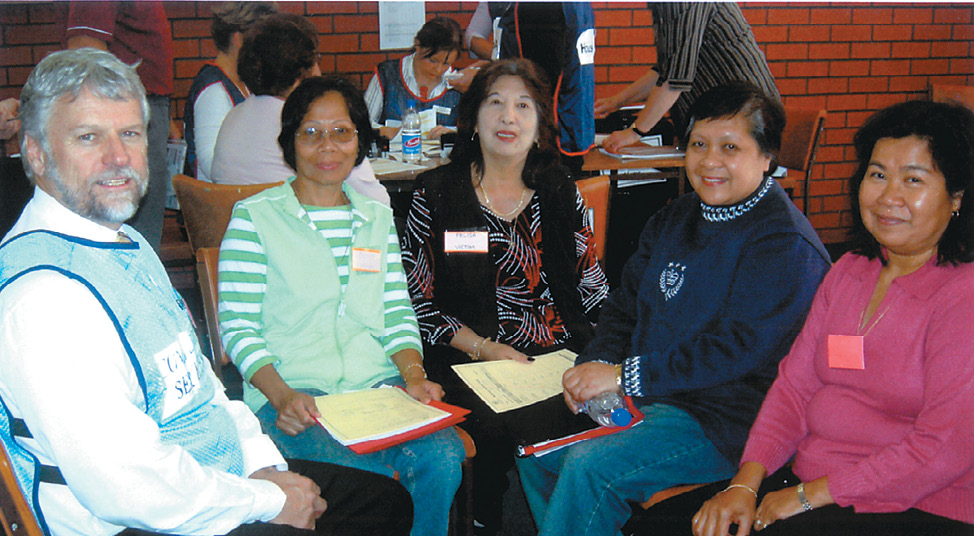
Contributed by the Australian Emergency Management Institute
In March 2007, representatives from the Migrant Resource Centre SA, Multicultural SA, Metropolitan Fire Service SA and the Department for Families and Communities SA attended a national workshop at the Australian Emergency Management Institute with the aim of developing a project to undertake a series of “consultation and engagement activities between CALD communities and the emergency management sector” within South Australia1.
This project is one of the Jurisdictional Community Partnership projects being undertaken nationally as part of the Attorney-General’s Department’s Inclusive Emergency Management with CALD Communities Program.
The opportunity to include members of a CALD community in an emergency management training exercise planned for November 2007 was identified and supported by the project team.
Exercise “Stuffed Goose”2 was to be a significant, multi-agency exercise involving State Government departments and agencies, including the Country Fire Service (CFS), SA Police, State Emergency Service (SES), Metropolitan Fire Service SA, Local Government, and community volunteers. It was coordinated by Primary Industries and Resources South Australia (PIRSA) and involved a simulation of a major bushfire that threatened the township of Murray Bridge, surrounding farms, parks, and significant transport, electricity and water infrastructure.

At the mock emergency recovery centre (Source: Murray Valley Standard, 2007).
The Migrant Resource Centre of South Australia (MRCSA) is an independent, non-government peak settlement agency responsible for the settlement and participation of migrants and refugee entrants across all of South Australia and operates from various metropolitan and rural locations. As Murraylands is one of the regional areas serviced by The Migrant Resource Centre of SA (MRCSA), and includes the township of Murray Bridge, it was suggested that the Murraylands Multicultural Network (MMN) be the appropriate body to advise on community involvement in the exercise.
Following a meeting with the MMN and a briefing held at the Murray Bridge TAFE, six women from the local Filipino community volunteered to participate in the exercise in the following areas:
At the completion of the PIRSA exercise, the volunteers were given a one-page feedback form to complete.
Following is a summary of the comments from those feedback sheets.
A debrief was held on 27 March 2008 and was attended by four of the CALD participants. They were invited to share their thoughts on the exercise with the group.
Key Points and Suggestions from the Exercise Stuffed Goose Debrief:
Source: SA Inclusive Emergency Management with CALD Communities Report 2007
The following recommendations were compiled as a result of this project to be forwarded to relevant State committees:
Source: SA Inclusive Emergency Management with CALD Communities Report 2007
Reinforcing the benefit of CALD community involvement in exercises such as this one, one of the participants said she believed it was good for her community to know what to do, who to call, and where to go.
“Every person needs to know the first thing to do,” she said. “If you know the first thing; you can find the second thing …”
1 SA Inclusive Emergency Management with CALD Communities Report 2007.
2 The ‘Goose’ is the mascot of retiring PIRSA staff member, Garry MacPhie, who coordinated the 31 Goose exercises.